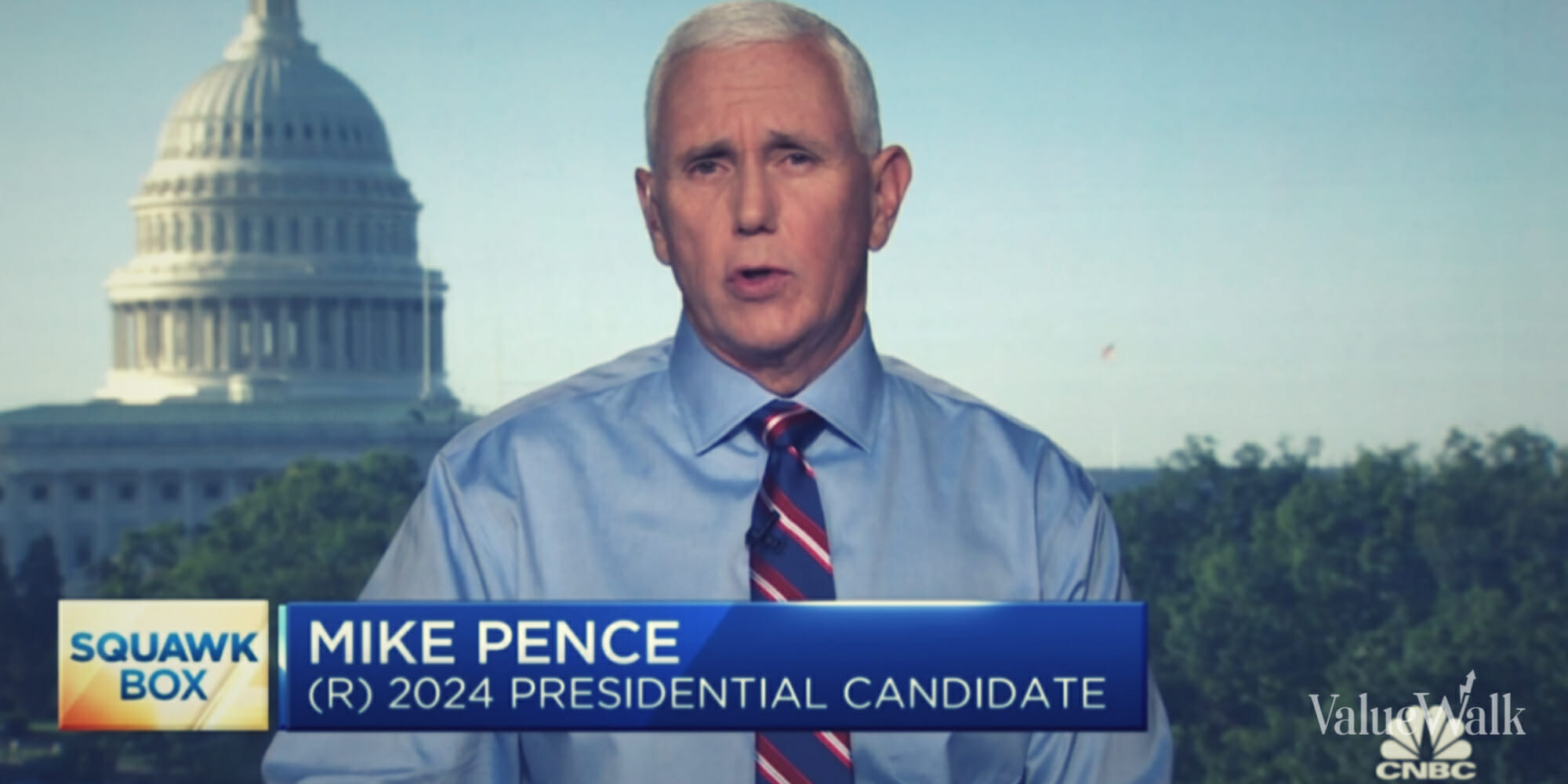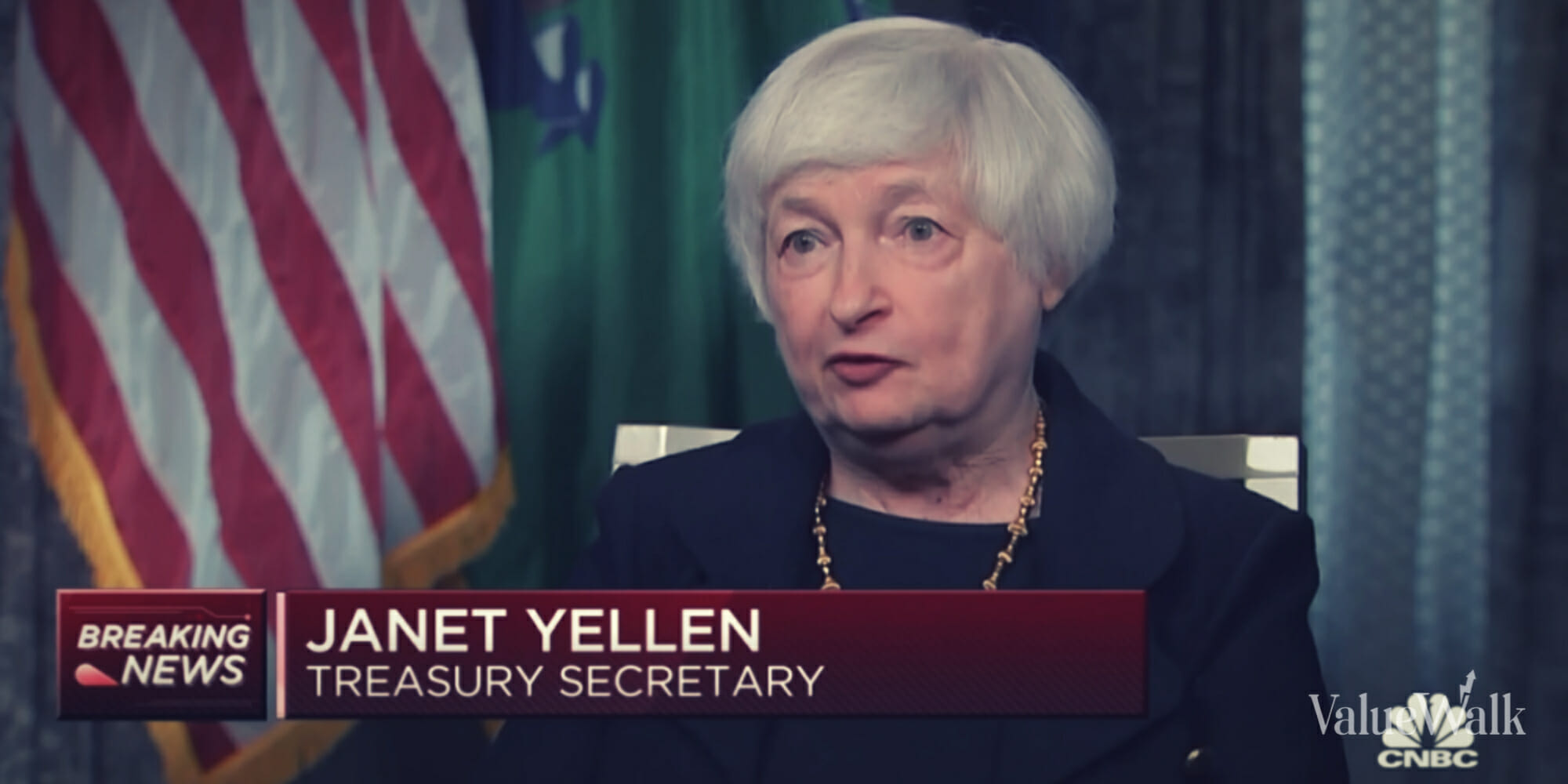Alexander Hamilton argued that the debt the new federal government inherited from the American Revolution would be a blessing, so long as the total owed to creditors did not become “excessive.” This talk will explain Hamilton’s conception of excessive debt and show that the national debt, as reformed and revitalized by Hamilton, indeed served to cement the young nation together and to spur economic growth, precisely as Hamilton predicted. Proof positive of the debt’s blessedness will be traced to some unlikely places, including slave plantations in Virginia, family farms in Upper Canada and the quarter decks of Dutch ships.
“The Poverty of Slavery: How Unfree Labor Pollutes the Economy” (Palgrave Macmillan, 2017)
Robert Wright (Part 1): Views on the National Debt and Hamilton’s Debt
Robert Wright (Part 2): Assuming the State Debts Into a National Debt
Robert Wright (Part 3): Hamilton’s Wartime Debts and Bonds
Robert Wright (Part 4): Salutary Effects of Hamilton’s Blessed Debt
Robert Wright: Burdens Of The National Debt And Its Solutions
About the Author
Robert Wright is the Nef Family Chair of Political Economy at Augustana University, where he teaches courses in business, economic, financial and policy history. He is the editor or co-editor of 21 volumes and the author or co-author of 18 books, including "The Poverty of Slavery: How Unfree Labor Pollutes the Economy" (Palgrave Macmillan, 2017). Wright is one of the Museum's guest curators and a member of the "Financial History" editorial board.
About the Museum
The Museum of American Finance is the nation’s only independent museum dedicated to preserving, exhibiting and teaching about American finance and financial history. Housed in an historic bank building on Wall Street, the Museum’s magnificent grand mezzanine banking hall provides an ideal setting for permanent exhibits on the financial markets, money, banking, entrepreneurship and Alexander Hamilton.
The Museum is an independent, non-profit 501(c)(3) Smithsonian affiliate creating non-ideological presentations and programs for purposes of education and general public awareness. Financial education is at the core of the Museum’s mission, seeking to promote lifelong learning and inquiry.
As a chronicler of American financial achievement and development, the Museum seeks to play a special role as a guardian of America’s collective financial memory, as well as a presenter and interpreter of current financial issues, thereby connecting the past with the present while serving as a guide for the future.
MUSEUM OF AMERICAN FINANCE
48 Wall Street | New York, NY 10005






